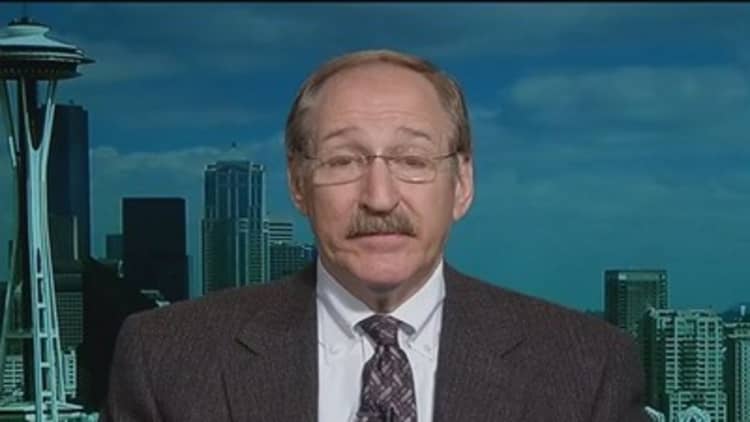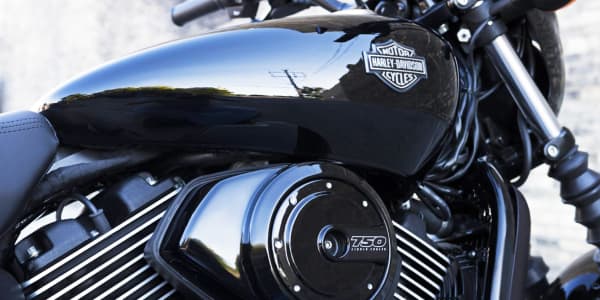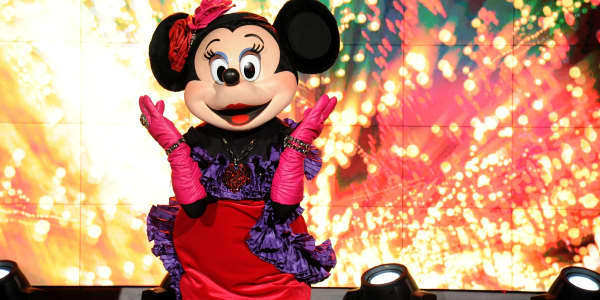As American consumers begin to embrace tap-and-pay smartphone apps, relegating plastic to a deep recess in the pocketbook or wallet, more than half of U.S. small business owners continue to live in the past—forget mobile apps, they don't take American Express, or anything other than cash.
For nearly 10 years Joe Coffee, a small chain of artisan coffee shops in New York City, accepted only cash. Not only was it a more profitable scheme—Joe's average sale was $2.75 and credit card processing would eat up about 3 percent of each transaction plus add a laundry list of fees—but being cash-only was part of the company's ethos.
"We thought of ourselves as the little mom and pop place with the owner behind the counter making coffee. Our signs were hand-drawn, our small coffee was $1.63, we'd only take cash—all those things went together," said Jonathan Rubinstein, Joe's owner.
Six years in, Rubinstein began to notice a shift in customer behavior. "We started reading our Yelp reviews—75 percent of the negative comments about Joe were about us not taking credit cards," he said. "We were losing a lot of sales in terms of people not having cash and going to a competing coffee shop but also people spending less money who wouldn't buy a $17 bag of coffee [beans] or a $75 grinder."
Joe started accepting credit cards at its new outpost in 2011, a shop near Columbia University, where customers—mostly students—tend to pay with debit cards. The experiment went well enough that as of mid-October, nine in 10 Joe Coffee locations now take plastic. "Welcome to 1999," the company tweeted on Oct. 23. "All of our stores (other than GCT) now take CREDIT CARDS! Our Yelp ratings about to skyrocket #sorryittookustenyears," it said, referring to Grand Central Terminal.
(Read more: Cashless Africa: Kenya's success with mobile money)
Time to wake up, smell coffee
If cash has an added cost for the consumer reaching into the hundreds of billions annually—as one recent study found—the jury is still out on the lost sales opportunity among cash-only merchants. Sales from new customers may sustain the offsetting of expenses incurred by card processing fees. Joe Coffee is betting that by rejecting its cash-only ethos it's in line for a snowballing sales channel in an age where cash is no longer king. According to a report by Javelin Strategy & Research, 27 percent of all in-person point-of-sale purchases were made with cash in 2011, while payments made with plastic cards—debit and credit—comprised 66 percent, and that is expected to rise.
"It's the way of the future," said Rubinstein. "Even though I was the one who came to this kicking and screaming for eight years."
Rubinstein's initial reluctance mirrors that of a broad swath of U.S. merchants. Fifty-five percent of the nation's 27 million small businesses don't accept credit cards, according to Intuit, the Silicon Valley software firm that develops financial and tax prep solutions for small companies. By not accepting cards, those 15 million businesses are missing out on $100 billion in sales annually—roughly $7,000 per company a year in either new sales or sales that go to competitors that do accept cards, said Intuit.
"I don't understand the small businesses that don't take cards," said Jason Richelson, a former grocery and wine store owner in Brooklyn who founded ShopKeep POS, a purveyor of cloud-based point-of-sale software, in 2008. "In my opinion, as a grocery and a wine store owner, if you don't take credit cards, you suffer—you could be increasing your sales 20 percent and you're going to make your customers happier."
(Read more: Floating farmers market has high hopes for old canal towns)
Richelson points to another positive of accepting cards: Customers spend more money with them. Across ShopKeep's merchants—more than 7,000 brick and mortar shops around the U.S.—the average spend per transaction is 120 percent higher when customers pay with credit card compared to cash.

The merchants of menace, and margin
Given the benefits of plastic, why don't they take Amex? For many small business owners, it's about solving a two-part math problem: Are profit margins big enough to absorb the cost of the credit card fees? And if they aren't, would the new business that's brought in via credit cards make up the difference?
For companies like Peters' Bakery in San Jose, Calif., whose best-selling products are 70-cent donuts and $2.65 slices of burnt almond cake, the answer is no: "I get more business than I really need right now," said owner Chuck Peters, who'd rather not take the chance of losing any of his loyal customers by raising prices.
Some well-established companies aren't seeing a customer demand for plastic. "We try to stay old school as much as possible because we have a formula that's worked—our restaurant has been here in the same spot since the 1950s," said Kellie Cobern, co-owner of the Peculiar Drive In, a burger and pork tenderloin institution in Peculiar, Mo.
With an average lunch ticket price of $7, the drive-in doesn't have many customers turning away because they can't pay with credit or debit cards. "We keep our prices as low as possible to try and help out our community," said Cobern, adding that handwriting tickets, honoring regulars and accepting only cash and checks add to the appeal of her company's culture. Business is up 30 percent since she and her husband took it over from his mother last year. "If we were to accept credit cards, we would have to raise prices across the board to cover those fees," Cobern said.
(Read more: 1 in 7 Americans is offline. Why? It's complicated)
Calculating the fees isn't easy. According to Jeff Shanahan, president of payment technology firm CardConnect, there are roughly 700 interchange levels that credit card companies use to determine what they charge when a card is swiped. The fees generally run 2 to 3 percent per swipe, but there are additional costs that banks, credit card companies and merchant service providers—the folks who are liaisons between the merchants and the banks—tack on.
"Besides the fee on every card swipe—it's different depending on the type of card being used—there is a yearly fee just to use the [card processing] company," said the owner of a small yarn shop 25 miles outside of San Francisco. "Then you can either buy or rent the credit card machine, there are access fees based on how many charges you have per company, and there's a license fee that is only a small amount per month, but it adds up. They give you free paper for the machine but you pay for postage, which is more than the cost of buying paper at Costco."
According to the National Retail Federation, merchants pay about $30 billion each year for debit and credit card purchases, most of which goes to the banks issuing the cards. "It always relates back to the fees," said Shanahan. "You have to give up about 3 percent. If your margins are 4 to 5 percent, that's a pretty large portion of your profits."
The cost of remaining cash-only
Despite these costs, "as everyone becomes a lot more familiar with doing things on their phones, if the next store over offering the same set of products accepts electronic payments, then you'll be losing business," said Bhaskar Chakravorti, senior associate dean for international business and finance at Tufts' Fletcher School and co-author of a recent study, "The Cost of Cash in the United States."
New payment technologies like Square, Intuit's GoPayment and PayPal Here—card readers and software that integrate with smartphones and tablets—make the switch to accepting electronic payments easier by eliminating most of the fees. Merchants pay one of two rates, either a per-swipe fee (2.75 percent for Square) or a monthly fee ($275 for Square). Joe Coffee's Rubinstein says he saves 30 percent by using Square over the traditional credit card system he started with. To offset Square's fees, he said, "we have to make 1 percent more [in sales]." So far, at the shops where credit card processing is new, "the last three weeks have been among the best weeks [in terms of sales] in history."
Until a significant percentage of their customers demand to pay via mobile or credit cards, an acceptable substitute for many small companies is proximity to an ATM. For customers who arrive without cash, the staff at the Peculiar Drive In will start cooking their orders while they cross the street to take out money.
Scott Alderman, owner and captain of tour boat company Rusty Anchor in Mount Dora, Fla., will allow his customers without cash to take one of his two-hour tours and hit the ATM a few blocks away after the boat ride if time is tight. "I haven't lost more than one or two customers a year because I don't accept cards," said Alderman, whose pontoon rides, located 20 miles northwest of Orlando, attract tourists looking for day trips.
Some companies just aren't interested messing with the familiar flow of their cash-only system. For the one remaining cash-only Joe Coffee store in Grand Central Terminal, Rubinstein isn't yet looking to add credit card readers.
"It's our fastest shop—we do about 250 transactions an hour there and we have it down to a science," he said. "Most customer are regulars; they're holding their $2.25 in their right hand and loyalty punch cards in their left. If we try credit cards in there and it adds four seconds to the transaction, it will dramatically change our sales." And not for the better, he said.
—By Maggie Overfelt, Special to CNBC.com




